By Nathalie Folkerts, University of Reading Postgraduate Fulbright Scholar 2016-17, MSc Candidate in Environmental Management
We are a society increasingly captivated by technology. We have become mesmerised by the plethora of apps at our fingertips to solve minor inconveniences, from late night food delivery services to meme sharing and more. Yet, we also see technology working to positively impact global problems, from sustainable energy sources to improved health delivery to water and sanitation infrastructure. How is technology interacting with the food system and what is its potential to affect meaningful change? This was the subject of IFSTAL’s most recent symposium. While the symposium featured many individuals delivering salient points on their innovative projects and research, the scope was perhaps too broad to make much meaningful progress in the discussion of the relationships between food and technology. The event very effectively, however, demonstrated the complexity of the notions of “technology” and “food” and problematized the term “silver bullet.”
Technology: Today, “technology” generally evokes images of gadgets, apps, and other physical or digital products of a similar vein. However, the term can be taken much further — its formal definition, and the one some of the panellists were using, applies to any “application of scientific knowledge for practical purposes.” Taken this way, technology becomes extremely multi-faceted and even more difficult to define; it is not only the rings produced by Dan Watson with Project Trawlight or anaerobic digesters from Rokiah Yaman, but also the organic farming techniques used on Julie Brown’s farms with the Growing Project in Hackney, the adjustments made to store design to impact consumer behaviour and platforms to more efficiently share food with neighbours. As the speakers made clear, pinpointing which innovations to define as “technologies” is messy.
Food: One of IFSTAL’s main purposes is to explore the nuances and complexities of the food system. When searching for solutions, it is important to consider which aspect of the system we are trying to improve. Do we want to more efficiently produce a given crop yield in a particular climate? Or determine how to farm without exploiting and degrading the environment? Perhaps create a preservative that will help food last longer to reduce waste? Or create new distribution systems that eliminate the need for preservatives? Decrease obesity or malnutrition? We quickly discover why the food system is considered a wicked, intractable problem — it is hard to even know what questions to ask or problems to fix, and designing a technology to address one problem may very well exacerbate an existing problem or create new ones, as many panellists pointed out. Are we now simply creating technologies to fix (or mask) problems created by other technologies? A common example of this may be fertilisers. Fertilisers help replenish nutrients that have been stripped from the ground through intensive farming practices, but negatively impact the environment in many ways. This particular problem has led to a host of new technologies – different farming practices, fertiliser alternatives, environmental remediation and clean-up options, etc. Are these emerging technologies helpful for increasing yield and reducing environmental degradation, or are they exacerbating intensive practices that may be unsustainably stripping soils of their nutrients? Looking at just this one tiny example within the complex food system reveals the incredible difficulty associated with defining, understanding the sources of and attempting to solve a problem. The panellists reminded us that problems within the food system are not merely technical, but also economic, political, environmental and social.
And this leads us to the final key phrase: “silver bullet.” Silver bullets are defined as “a simple and seemingly magical solution to a complicated problem.” The complexities of the food system presented by IFSTAL and by all of the speakers suggest it would be almost foolish to assume any one thing – or even any one set of things – could be a magical solution or silver bullet. Perhaps part of the existing problems in the food system stem from our desire for fast, uncomplicated solutions to a complex set of problems and for failing to acknowledge and grapple with these real challenges of differing needs, incentives and power structures.
The title question quickly morphs into “Can applied science magically solve an intricate interweaving of economic, political, environmental and social problems?” The simple answer, as expressed by most of the panellists, is ‘no’. The panellists suggested that critical questioning and innovative problem solving can perhaps help us make steady improvements, but even that is not guaranteed. Which questions are being asked, who is benefiting from (and even defining) “improvements” and which problems are being prioritised are all critical to evaluate before technology has the potential to truly solve any problems of the food system. Perhaps some of the best opportunities for technological innovation to positively impact these issues come from designing better platforms and methodologies for collaborating, negotiating power differences and addressing systemic inequalities. IFSTAL itself focuses on one of these potential methodologies – systems thinking – but others exist and are being explored. What are the examples of these being implemented successfully – and unsuccessfully – in the field, and how can we learn from and build on that? Hopefully topics such as these can be explored in future IFSTAL events!
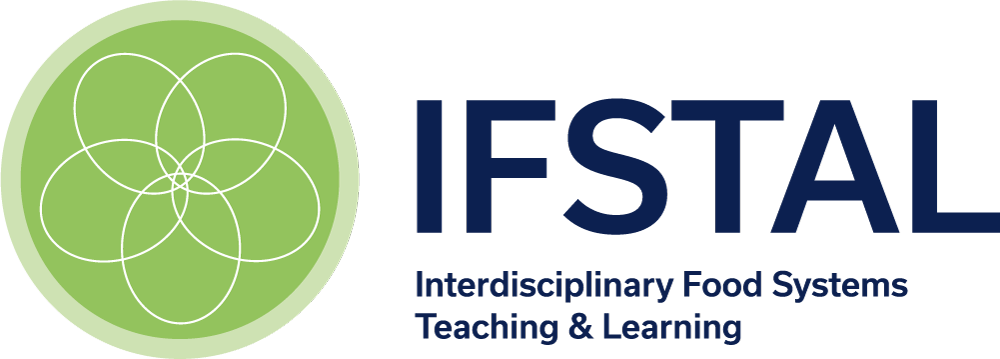

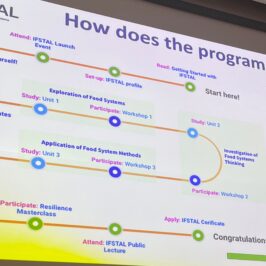

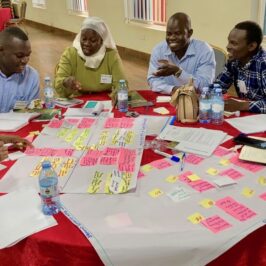
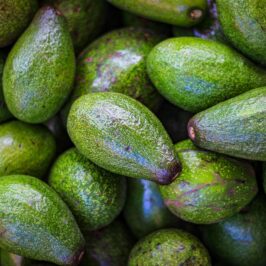
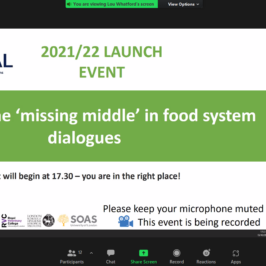
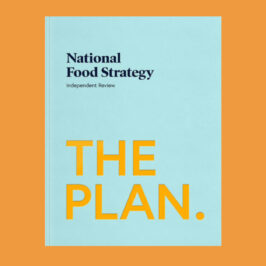
Leave a Reply